Question Tag : An Introduction
Question tags, or tag questions, are brief questions added to the end of a statement. Their role is to confirm information or seek agreement from the listener. These tags are important in English, particularly in conversations. This article is about what question tags are, the rules for forming them, and examples to illustrate their usage.
What Are Question Tags?
A question tag is a short question added at the end of a declarative sentence. Its main purpose is to confirm that the listener understands or agrees with the statement. For example, in the sentence “You’re coming to the party, aren’t you?” the tag is “aren’t you?”, where the speaker is seeking confirmation from the listener.
Basic Rules for Forming Question Tags
1. Affirmative Statements with Negative Tags:
When the main statement is affirmative, the question tag is typically negative.
Example:
“It’s a beautiful day, isn’t it?“
“You have finished your homework, haven’t you?“
2. Negative Statements with Positive Tags:
When the main statement is negative, the question tag is positive.
Example:
“You don’t like coffee, do you?“
“She hasn’t called you yet, has she?“
3. Use of Auxiliary Verbs:
If the main sentence contains an auxiliary verb (like “is,” “have,” “will,” or “can”), this verb is repeated in the question tag.
Example:
“She’s coming to the event, isn’t she?“
“They haven’t left yet, have they?“
4. Without Auxiliary Verbs:
If the main clause does not include an auxiliary verb (such as in the simple present or past tense), the question tag uses “do/does” (for present simple) or “did” (for past simple).
Example:
“You like pizza, don’t you?“
“He went to the concert, didn’t he?“
5. Special Case with “I am”:
When the subject is “I am,” the question tag becomes “aren’t I?” instead of “am I not?”
Example:
“I am your friend, aren’t I?“
6. Modal Verbs:
When a sentence includes a modal verb (such as “could,” “should,” or “must”), the same modal verb is used in the tag.
Example:
“You should help him, shouldn’t you?“
“They could hear us, couldn’t they?“
Examples of Question Tags
Here are some examples that demonstrate question tags across various tenses and sentence structures:
1. Present Simple:
“She works at a bank, doesn’t she?“
“They don’t live here, do they?“
2. Past Simple:
“He finished the project, didn’t he?“
“You didn’t see the movie, did you?“
3. Present Continuous:
“You’re reading a book, aren’t you?“
“They aren’t coming with us, are they?“
4. Past Continuous:
“She was cooking dinner, wasn’t she?“
“You weren’t listening, were you?“
5. Present Perfect:
“They’ve been to Paris, haven’t they?“
“You haven’t met him, have you?“
6. Future Simple:
“She’ll call you later, won’t she?“
“They won’t be late, will they?“
7. Modals:
“You can drive, can’t you?“
“He must stay here, mustn’t he?“
Imperatives with Question Tags
Imperative sentences (commands) can also use question tags to soften the command or seek agreement.
Positive Imperatives:
“Open the window, won’t you?“
“Pass the salt, could you?“
Negative Imperatives:
“Don’t be late, will you?“
“Don’t forget, will you?”
Special Cases in Question Tags
1. Negative Adverbs:
Sentences with adverbs like “never,” “rarely,” or “scarcely” take positive tags because these adverbs imply a negative meaning.
Example:
“You never listen to me, do you?“
“She rarely eats out, does she?“
2. Let’s:
Sentences beginning with “Let’s” take the question tag “shall we?”
Example:
“Let’s go for a walk, shall we?“
3. There is/are:
When a sentence begins with “there is/are,” the question tag is “isn’t there?” or “aren’t there?”
Example:
“There’s a problem, isn’t there?“
“There aren’t many people here, are there?“
Conclusion
Question tags are an essential part of English grammar that add confirmation to statements. They are formed by reversing the polarity of the main statement—positive statements take negative tags, and negative statements take positive tags. By understanding the rules outlined in this guide or article, you can use question tags effectively to confirm information and engage in more interactive dialogue.
Read this also : A Quiz of 20 Questions on Parts of Speech : Noun
FAQs about Question Tags
Q1: What is a question tag?
A question tag is a brief question added to the end of a statement to confirm information or seek agreement.
Q2: How do you form a question tag for a positive sentence?
For positive sentences, a negative question tag is used. Example: “You’re coming, aren’t you?”
Q3: Can question tags be used with imperatives?
Yes, imperatives can take question tags, often to soften a command or seek agreement. Example: “Close the door, won’t you?”
Q4: What is the exception for question tags with the subject “I am”?
For statements beginning with “I am,” the question tag is “aren’t I?” Example: “I’m your friend, aren’t I?”
Discover more from Gyankundli
Subscribe to get the latest posts sent to your email.
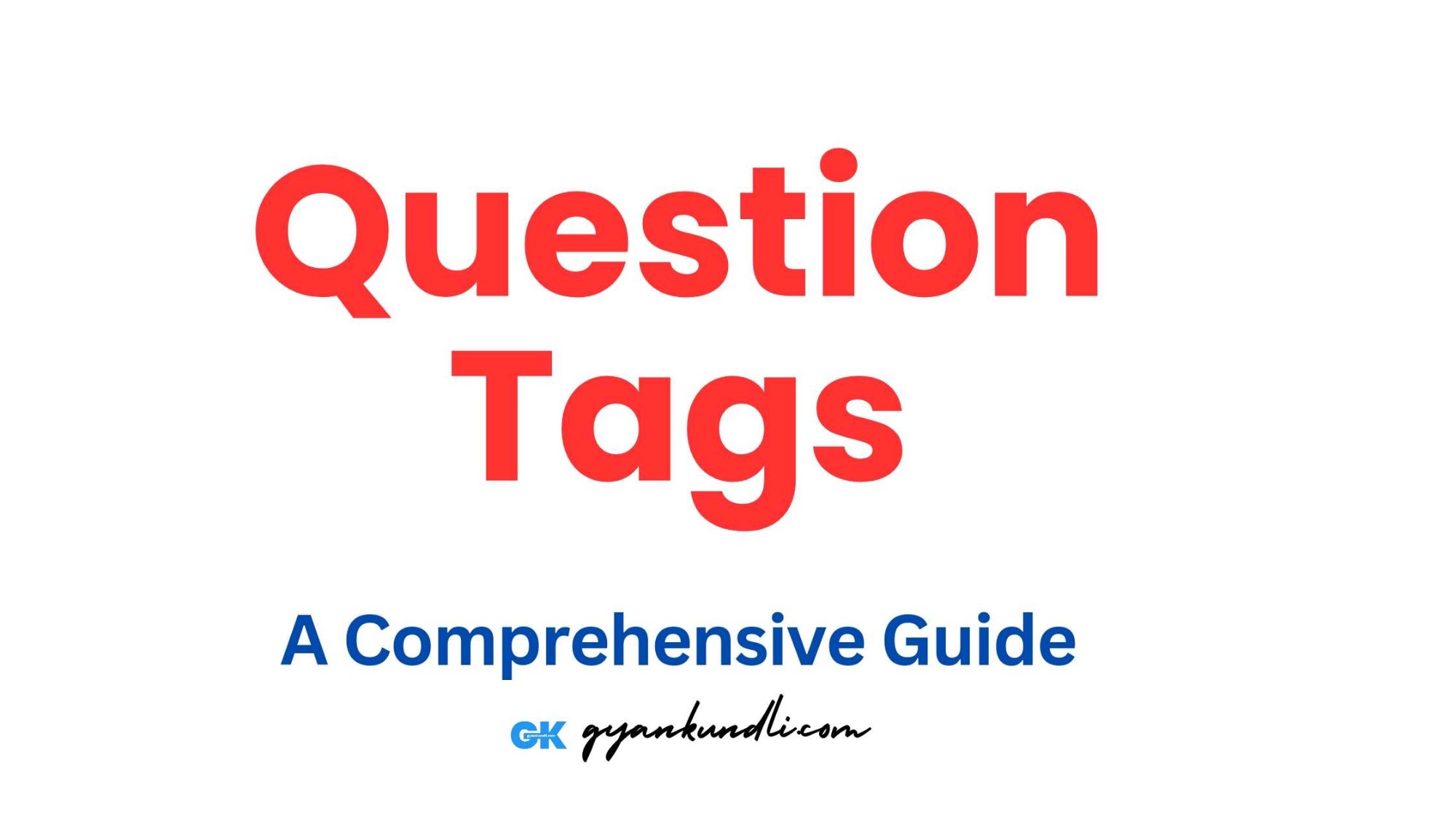






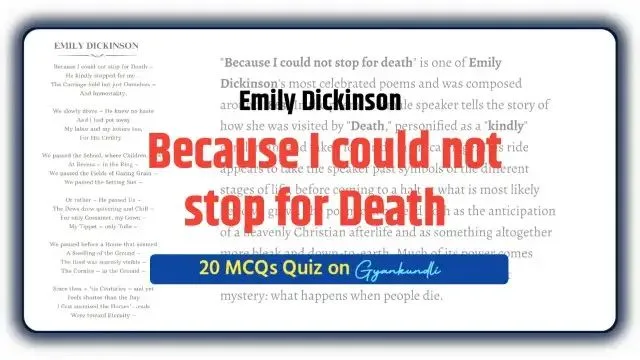



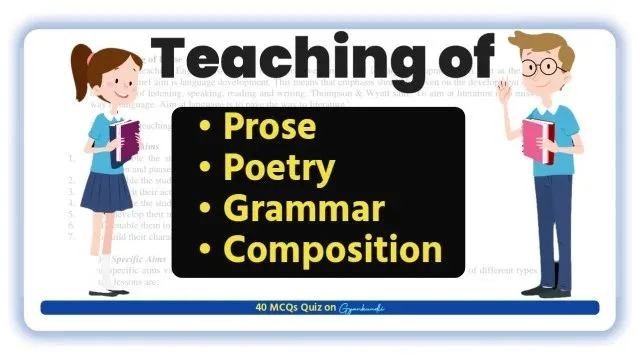
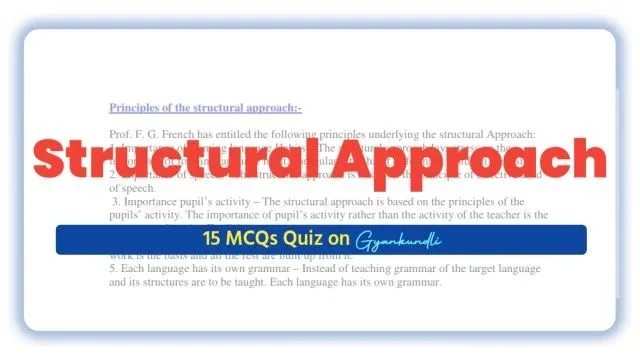
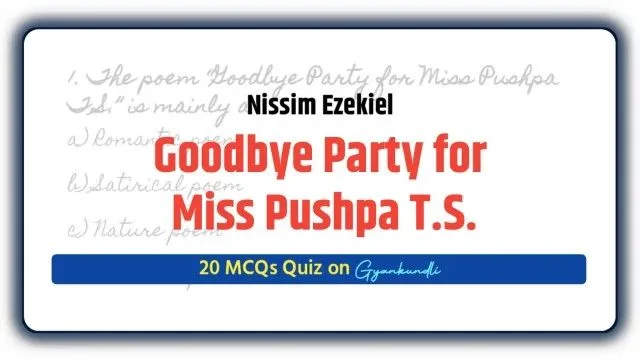


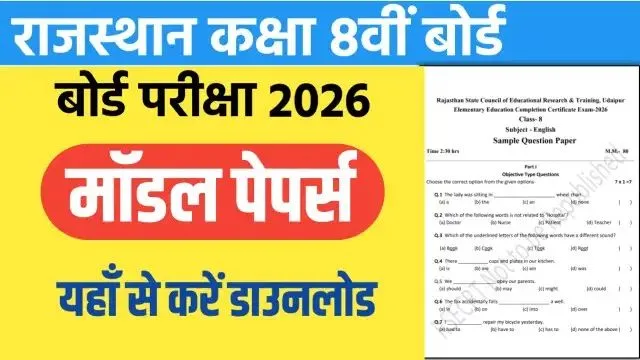

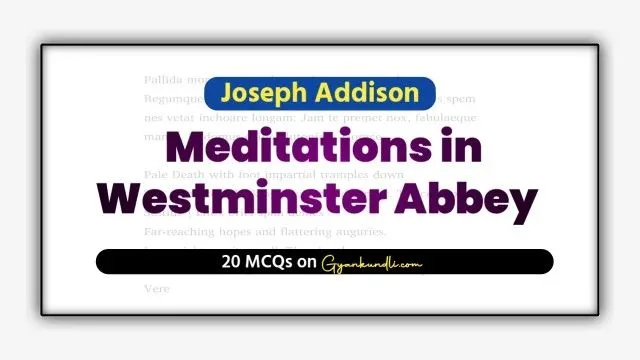

1 thought on “Question Tags: A Comprehensive Guide”